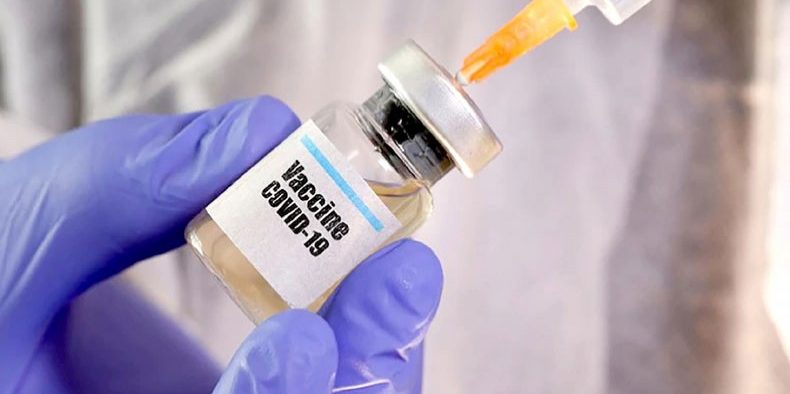India’s COVID-19 diplomacy

UNCERTAIN times often demand unconventional measures to deal with them. The outbreak of the novel coronavirus pandemic earlier this year sent the whole world into a panic mode, including the eight South Asian countries which when combined account for more than half of the total population of the world. While the closing of the year 2020 brought some medical respite with it in the form of effective vaccines, countries in this part of the world still have a long way to go before they can secure their respective citizens from the contagious viral disease. In these circumstances, the role of India as a significant regional player and the promise of producing a cost-effective and more sustainable vaccine place the country at the centre of the South Asian efforts to contain the spread and fallouts of the ongoing pandemic.
At the onset of this crisis too, India did not shy away from shouldering the collective responsibility of managing the pandemic both at the global scale and vis-a-vis other South Asian countries. From providing food grains in assistance to Afghanistan to promising to offer the vaccine on a ‘priority’ basis to Bangladesh to giving vials of Remdevisir to Myanmar and Nepal, India has been at the forefront of what has been described as ‘COVID Diplomacy’ on humanitarian and other grounds. Interestingly, India also appears to be eager in helping its neighbours such as Bangladesh to develop ‘post-pandemic recovery plans’. In so doing, it is displaying its preparedness to deal with the changing realities in which coordination and cooperation will play a more significant role than hostility and divisiveness. Come to think of it, the fight against this pandemic can even provide a feasible opportunity to arch-enemies, India and Pakistan, to come together to create an indigenous solution to the problem we are collectively encountering. However, today, it would require more than political will to see this idea through.
Given the sheer unpredictability of patterns associated with the pandemic, the availability of effective but steeply priced vaccines does not provide the South Asian countries with a substantial reason to rejoice. We still have a long way to go before one of the most populous regions of the world can put a lid on the raging disease. However, we must make sure that when we return to our ‘normal’ routines, we do not forget the precious lessons this year offered us. Collective responsibility and cooperation must continue to remain the mantras for the future, allowing us to tide over our differences to march into a more sustainable, peaceful and prosperous world. Regionally too, this year must become a turning point of sorts to help the South Asian nations to overcome their mutual suspicion of each other and come together as a cohesive whole. A long shot of sorts, our collective efforts of today may even help us to recast the future of South Asia, shedding our morbid reluctance to cooperation and create regional amity for which we have been waiting.
Chayanika Saxena is a president’s graduate fellow and PhD candidate at the geography department in the National University of Singapore.
Courtesy: New Age











